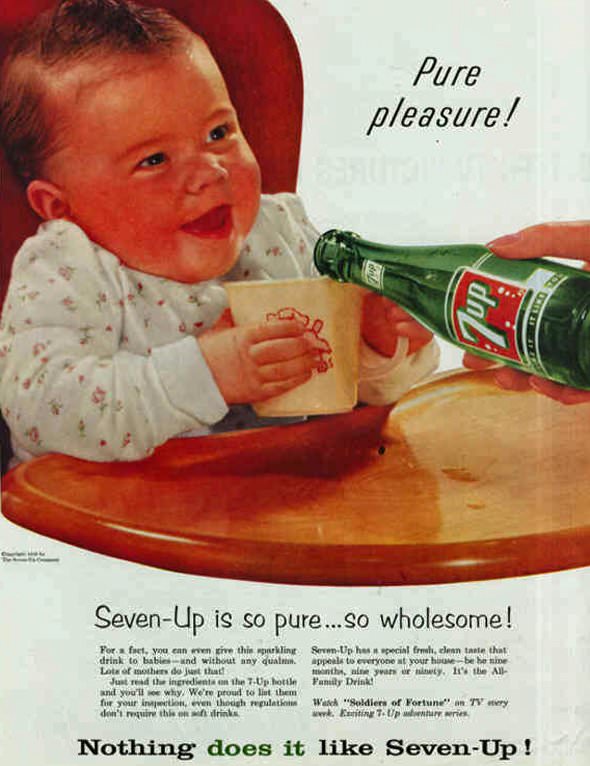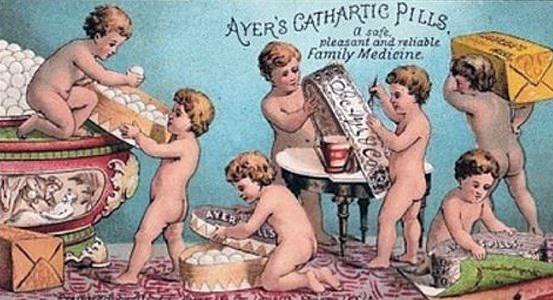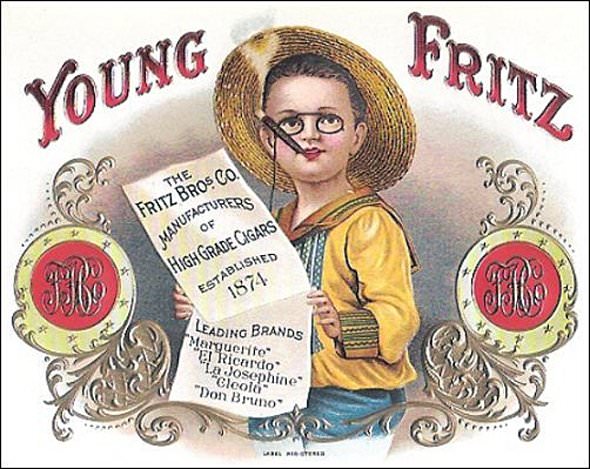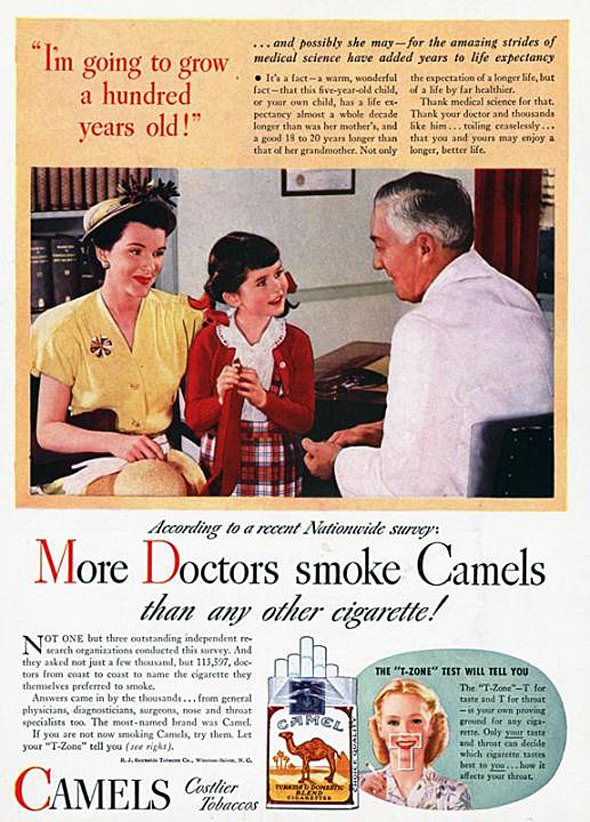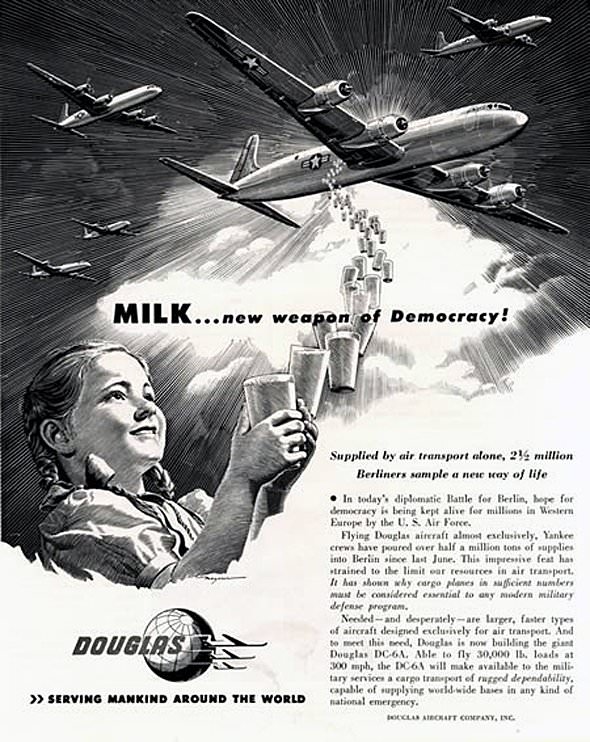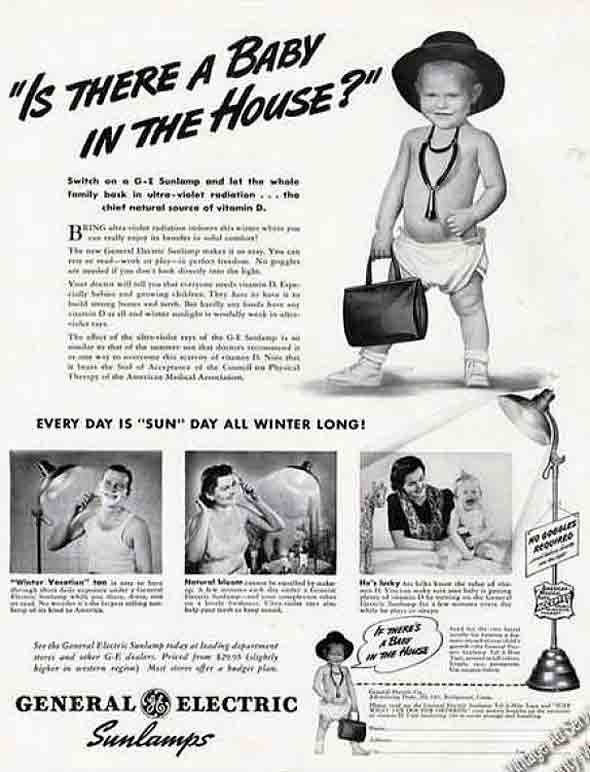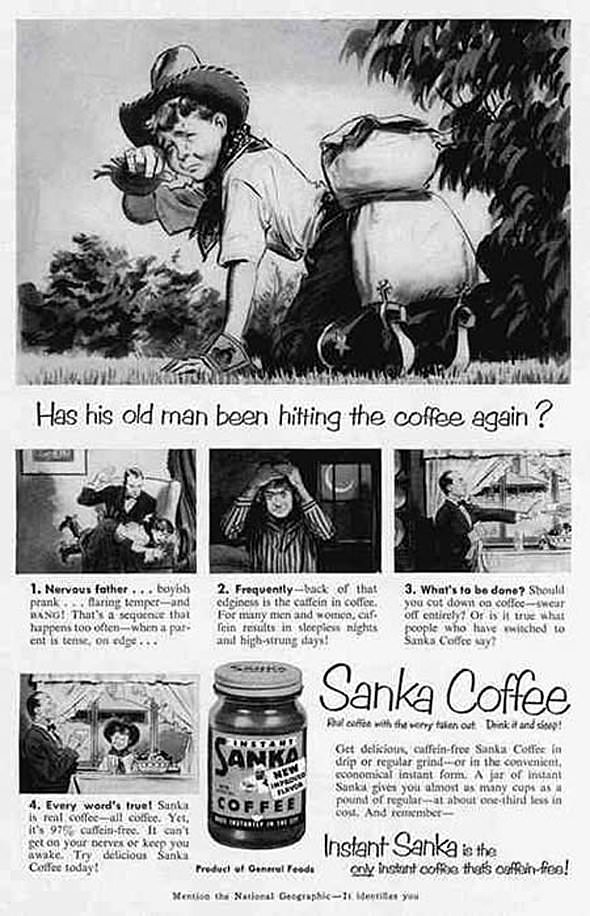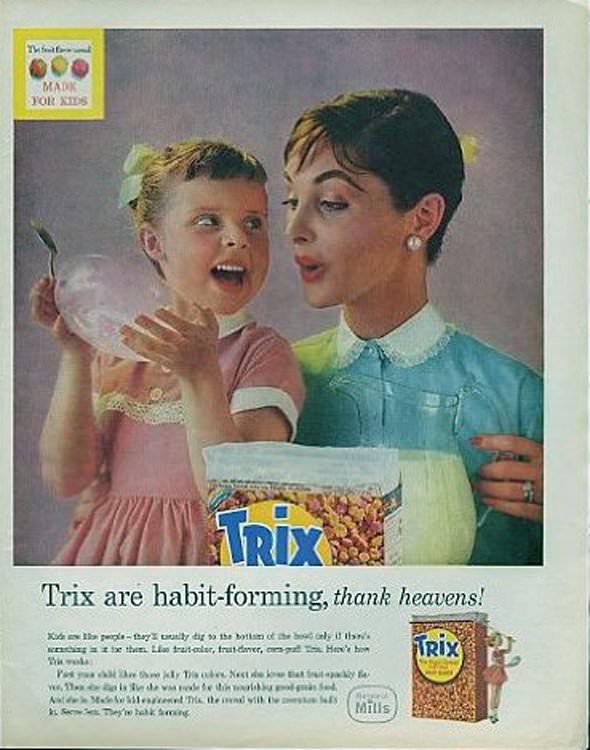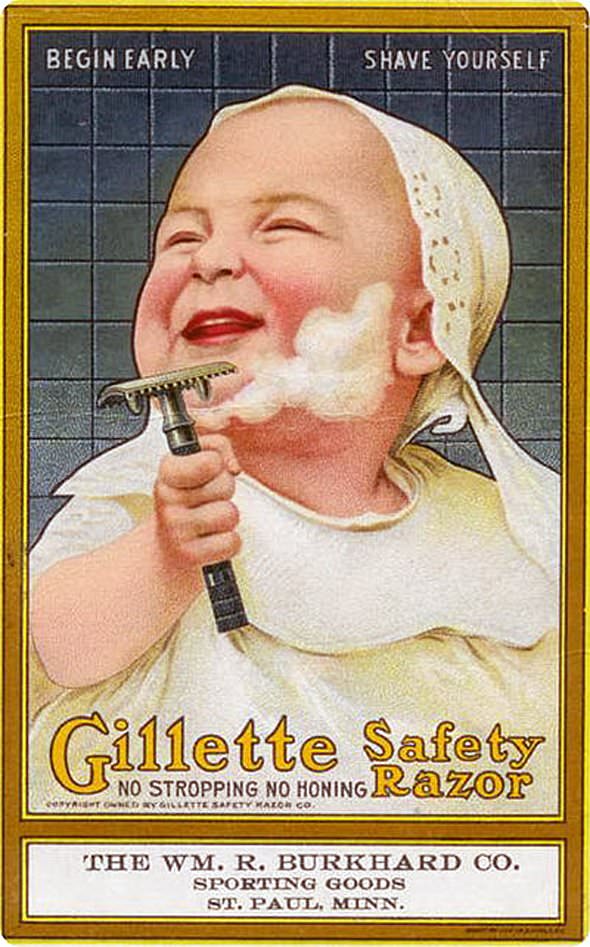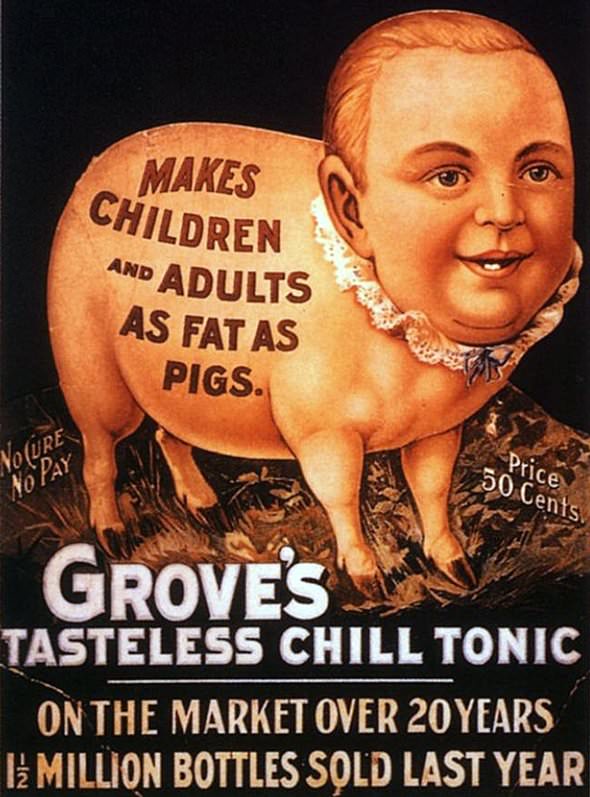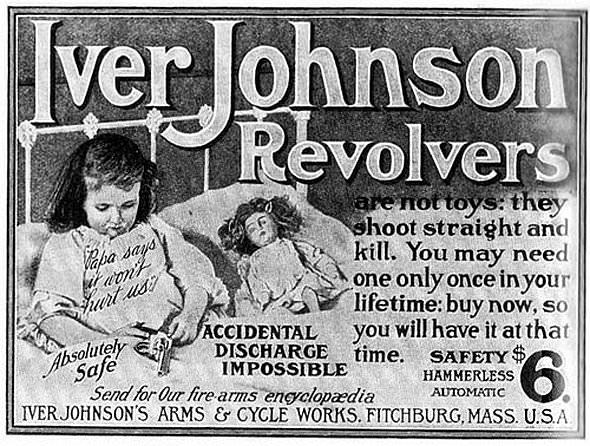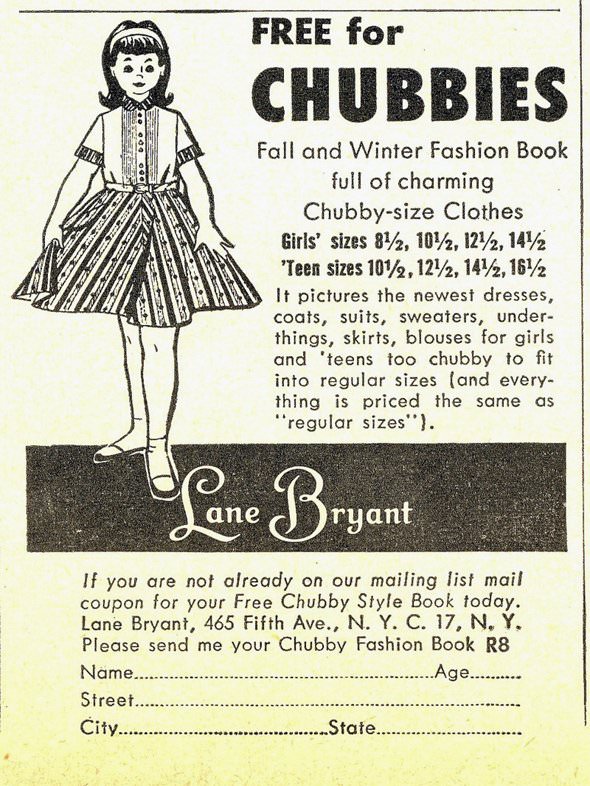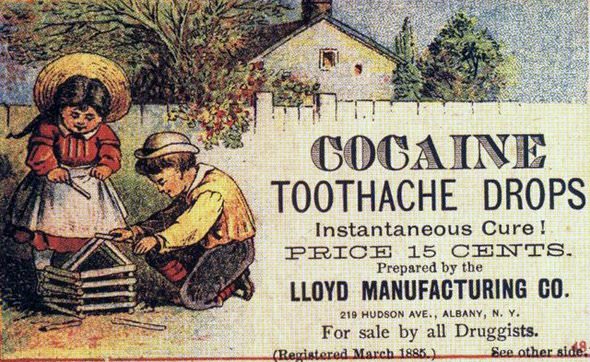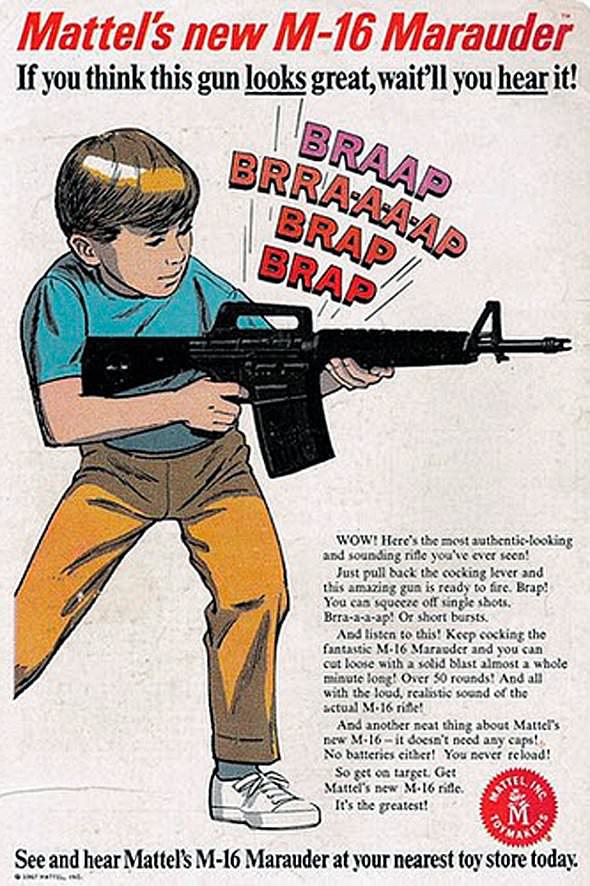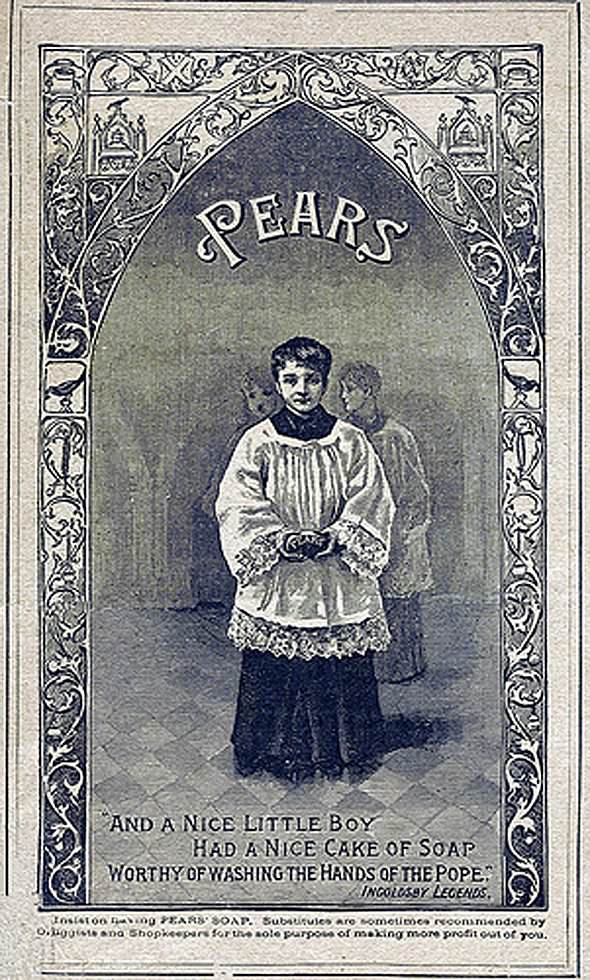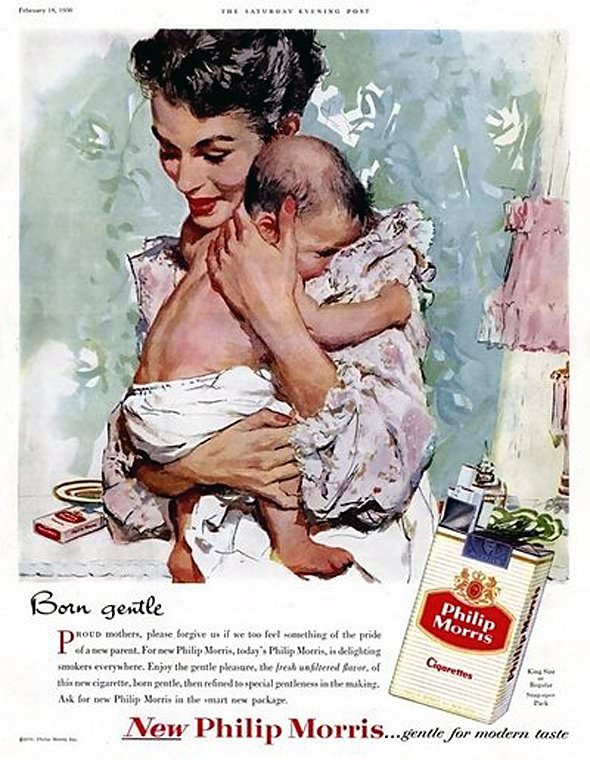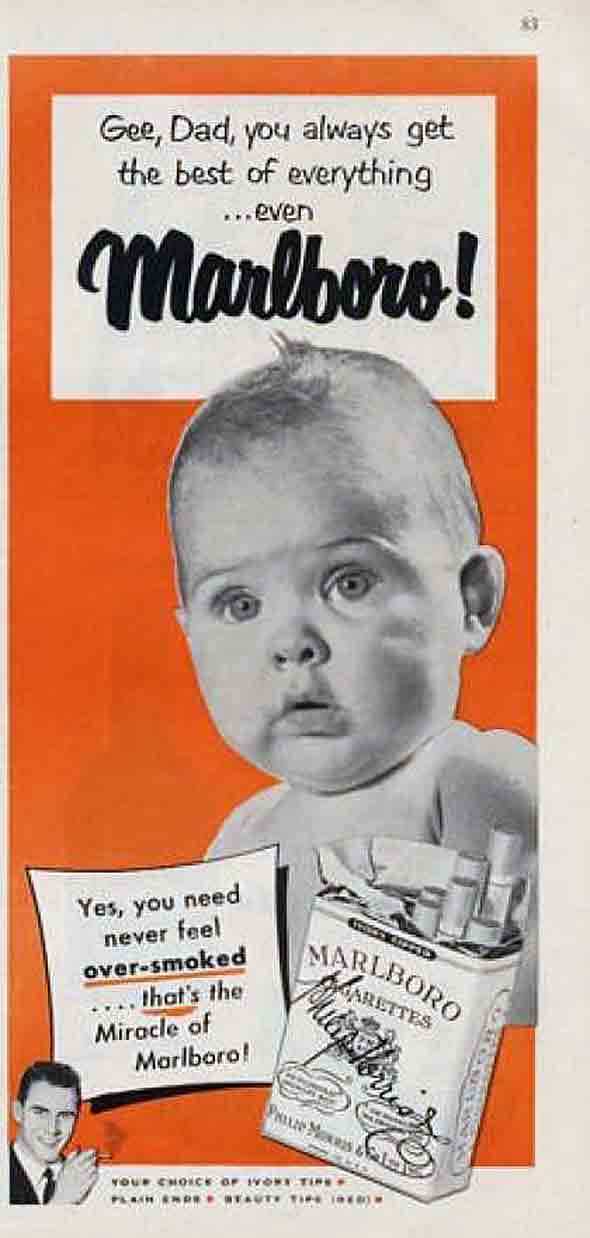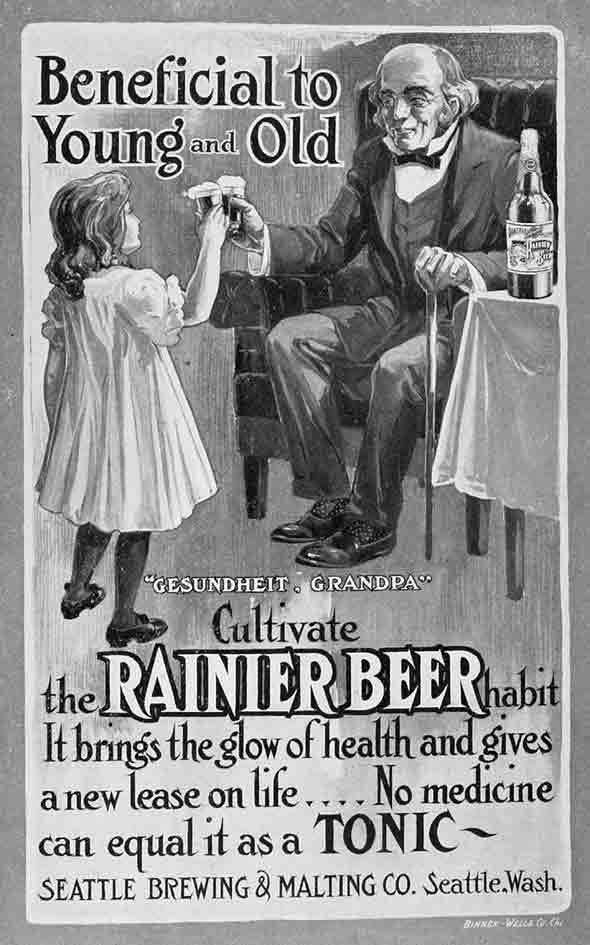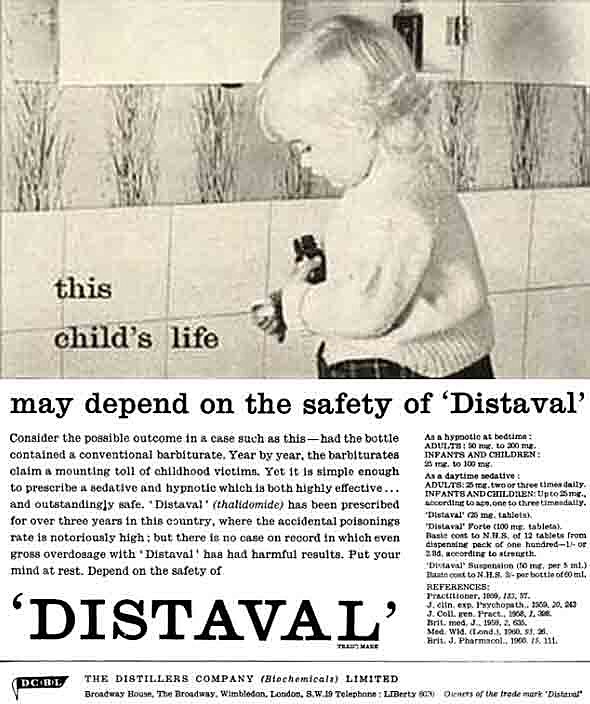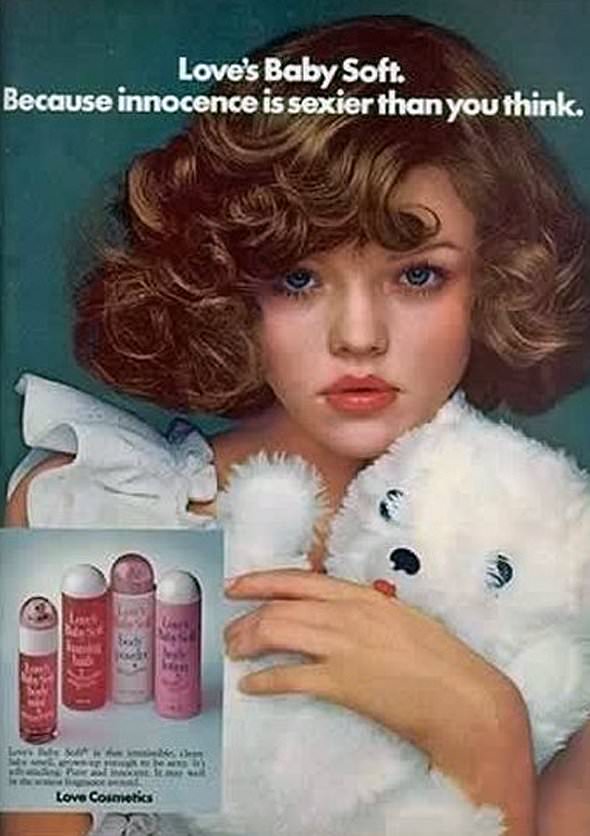Throughout the 20th century, advertising took many forms. Some vintage ads are charming and nostalgic, while others can be downright disturbing. Many advertisements from this era featured children, often promoting products that seem completely inappropriate for young audiences. The juxtaposition of innocent children with dark or harmful products creates a creepy effect that can make viewers uncomfortable.
One of the most unsettling examples of vintage advertising is the use of children to promote cigarettes. In the early to mid-20th century, smoking was not viewed as harmful as it is today. Some ads featured children holding cigarettes or pretending to smoke. These images were shocking, considering the well-known health risks associated with smoking.
Another disturbing trend was the portrayal of children with guns. Some advertisements featured toddlers holding firearms, often with big smiles on their faces. One ad showed a young boy proudly displaying a toy gun, suggesting that gun ownership was fun and exciting.
Read more
In addition to cigarettes and firearms, children were also featured in ads for various drugs. Some vintage ads promoted products like cough syrup or headache pills with cheerful images of children. These ads often claimed that the products were safe and effective for kids.
One ad showed a smiling child holding a bottle of cough syrup, with the slogan suggesting that the syrup would help them feel better in no time. At the time, many parents trusted these products without fully understanding the potential risks. The idea of giving children medicines that may not have been thoroughly tested is alarming. The cheerful imagery combined with the serious nature of medication creates a disturbing effect.
Perhaps one of the most bizarre images in vintage advertising is that of cellophane-wrapped infants. Some ads featured babies wrapped in plastic, promoting products like diapers or baby food. The sight of a baby tightly wrapped in cellophane is both strange and unsettling.
The idea behind these ads was to emphasize cleanliness and freshness, but the execution often missed the mark. The visual of a child encased in plastic can create a sense of unease. It raises questions about safety and the lengths advertisers would go to grab attention.


